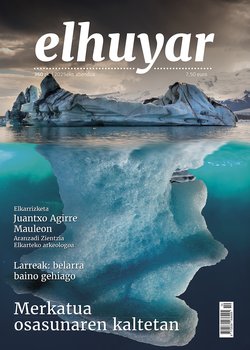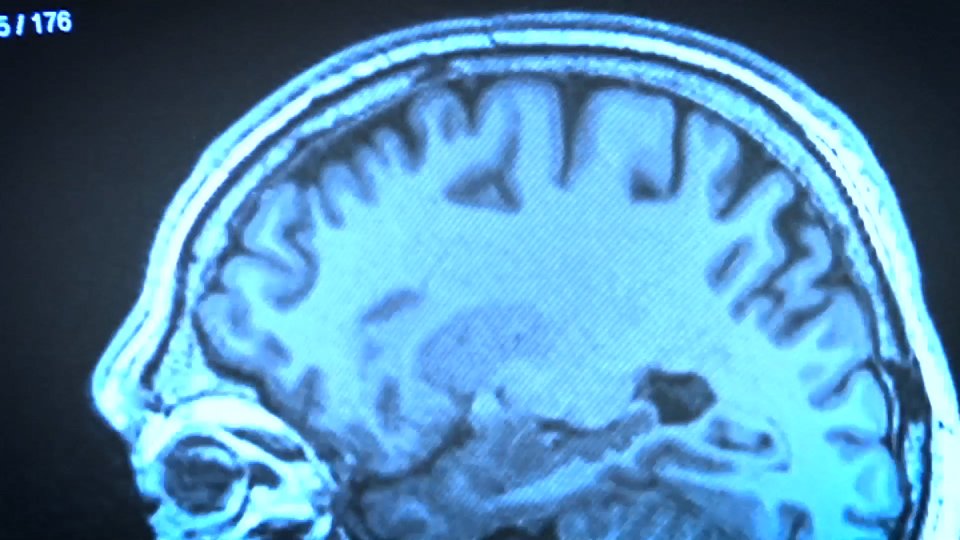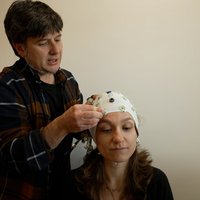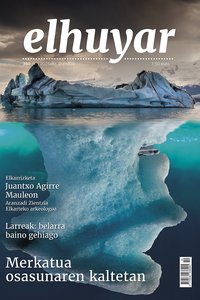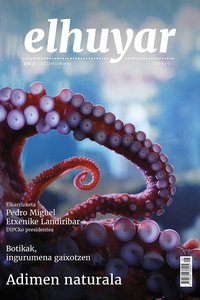Two changes in the background that allowed human bipedism are identified
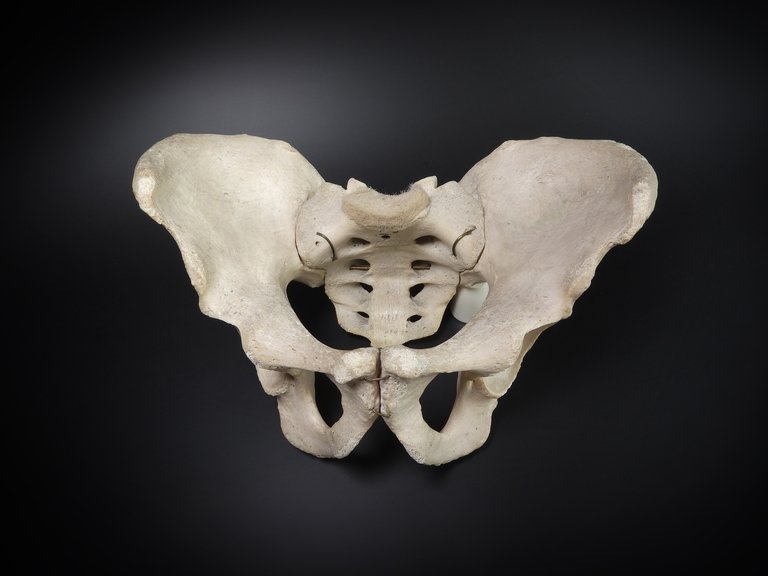
Two changes in pelvic evolution have been identified that have been key for humans to stand and walk. Specifically, these are variations of the bone of the ileum in which the gluteus is inserted. Compared to other primates, this bone has a special appearance. Now, the union of histological, anatomical and genomic studies has shown how these peculiarities developed in evolution. Details have been published in the journal Nature.
These changes in the pelvis occurred between 5 and 8 million years ago, and according to the article, one of the changes is in the orientation of the cartilage growth plate. The other is at the time and in the manner in which the bone cells are implanted into the cartilage. The genetic sequences that drive these two have also been identified: SOX9–ZNF521–PTH1R and RUNX2–FOXP1/2.
Thus, they have shown that during the first weeks of embryonic development, the ileum growth plate grows equally in all primates, aligned from top to bottom. On the 53rd day, however, in humans, it is located perpendicular. This causes the pelvis to cut and expand. This is essential for standing and walking.
The other change occurs later: the ossification of the ileum does not begin at the center, but at the back of the sacrum, and grows radially. Immediately, the inside of the bone delays mineralization until the 16th week. This allows the pelvis to maintain its flexibility and adopt a geometry that is key to bipedism.
Buletina
Bidali zure helbide elektronikoa eta jaso asteroko buletina zure sarrera-ontzian


